
Joost Bakker and ADR’s 30UNDER30 dig deep into the role of dirt in sustainable design
Joost Bakker and ADR’s 30UNDER30 dig deep into the role of dirt in sustainable design
Share
In a thought-provoking panel discussion, pioneering zero-waste designer, floral artist and restaurateur Joost Bakker joined emerging talent from Australian Design Review‘s 30UNDER30 on Wednesday night to examine how designers can better embrace dirt.
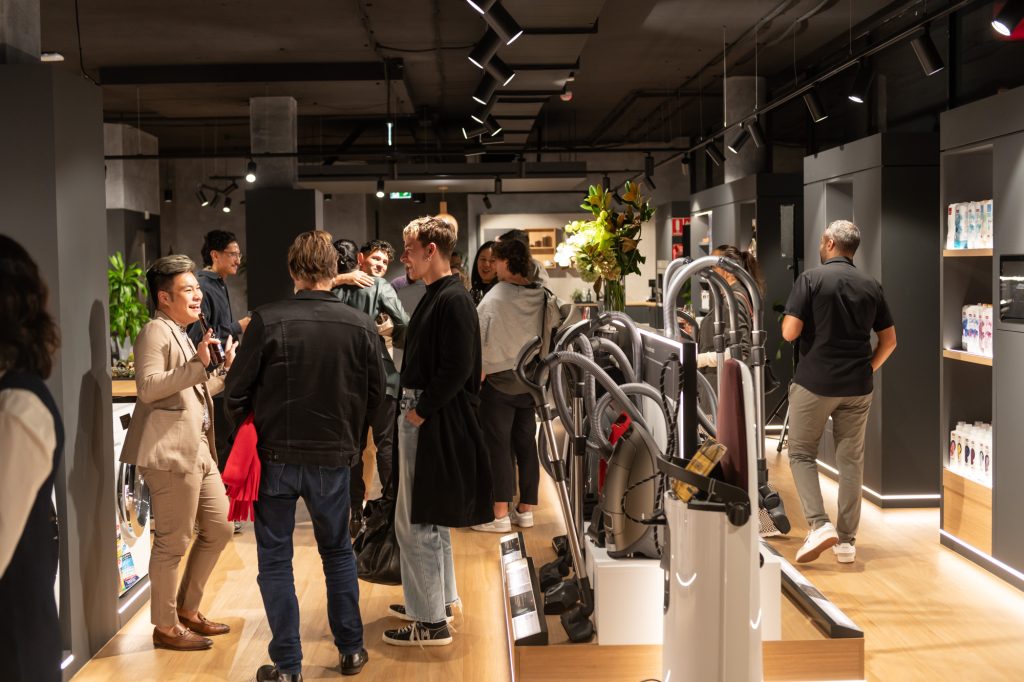
Miele’s Experience Centre in Chatswood set a clean stage for the young designers and architects in attendance to explore beyond the surface of sustainability and zero in on ‘The Essentialness of Dirt’.

Joining Bakker on the panel was Claire Oh, an architectural graduate at BVN and member of this year’s 30UNDER30, alongside SJB graduate of architecture Sophie Swift.
Moderator Harsha Rajashekar, a project architect at BLP and 30UNDER30, kicked off the talk by making an important distinction between dirt, soil and waste.
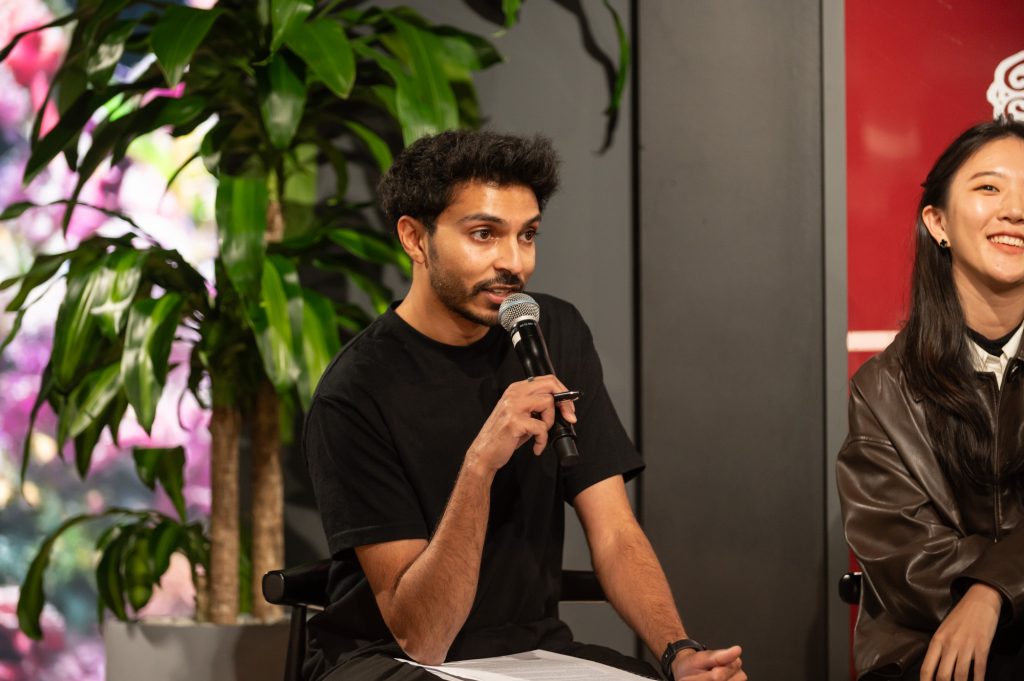
“Dirt can take on many definitions, but we know that dirt in all its forms is a significant part of all our lives,” he said.
“Waste is a common association with dirt and, according to the World Green Building Council, construction and demolition waste accounts for around 40 percent of total solid waste globally.”
“…Soil is another common association with dirt. However, soil is a finite resource, vulnerable to degradation.”
How architects can embrace dirt, soil and waste
Rajashekar invited the panellists to define dirt, soil and waste on their own terms and how they believe architects and designers should work with these three elements.
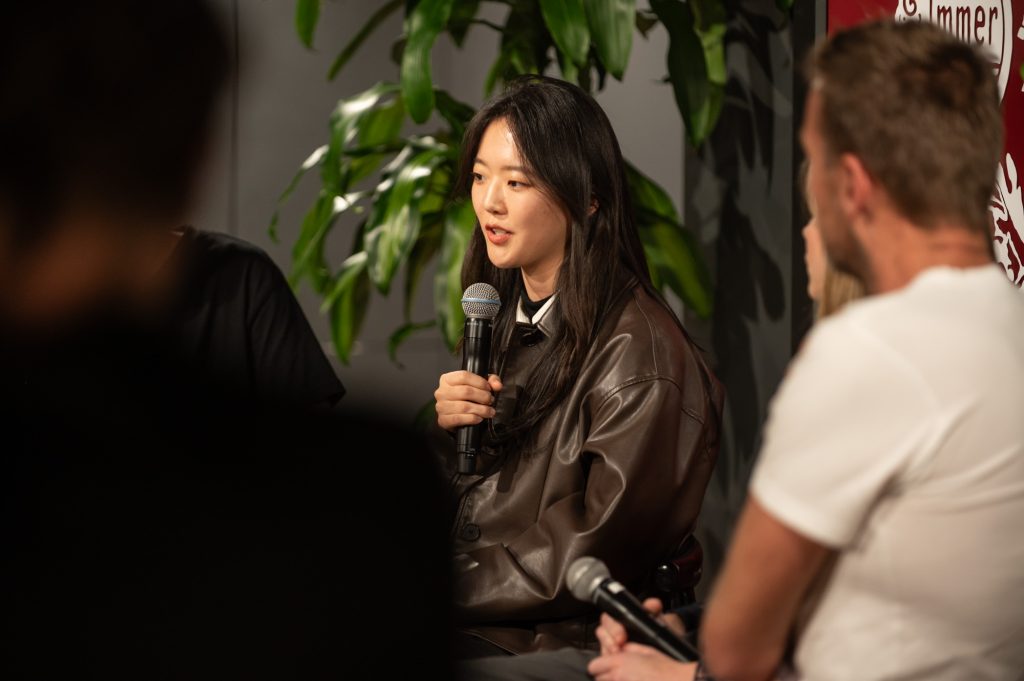
Noting the importance of a circular economy and regenerative principles, Oh touched on her own work exploring computational design to design out waste and integrate more sustainable approaches into her work at BVN.
Swift then reflected on the “inherent” presence of dirt in architecture, from excavation and foundation to eventual decay, demolition and dust.
“There’s this glue of dirt in architecture, and there’s so much opportunity to work with it,” she said.
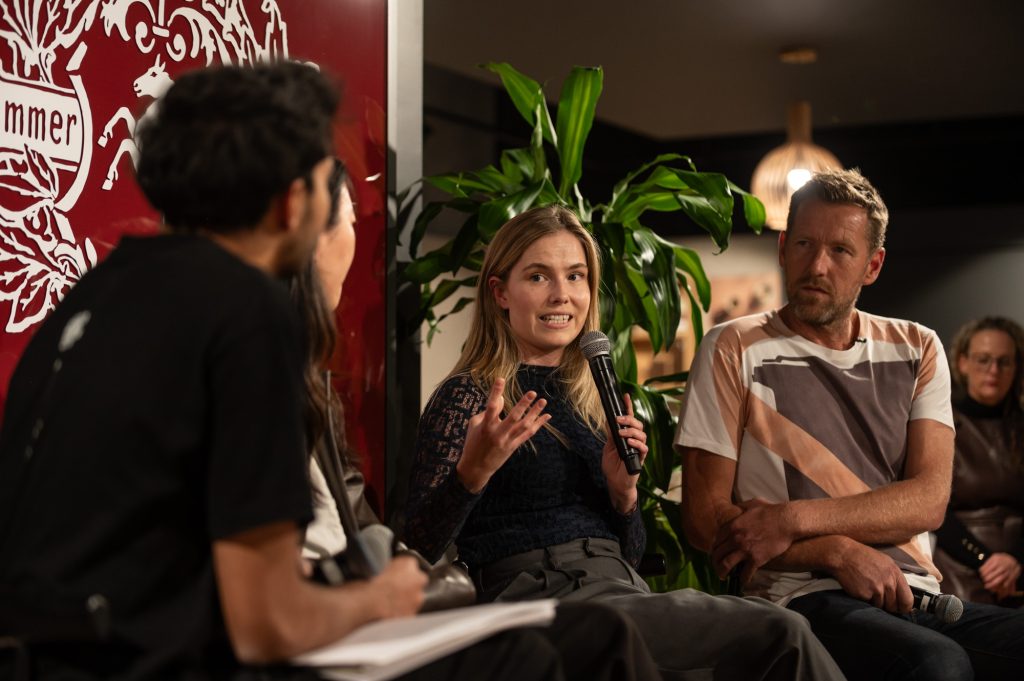
Bakker is perhaps the best example Australia has of a designer grabbing these opportunities with both hands. Intent on building homes with green roofs, he unveiled futurefoodsystem in 2020, a pop-up home and urban farm powered by waste in Melbourne’s Federation Square.
“My buildings are covered in soil, or covered in dirt you could say,” he said to the panel.
“I truly believe that humanity as we know it will stop if we don’t transition to a zero-waste system. And the reason for that is we’ve treated dirt like a bank account and we’ve just been extracting and we haven’t been putting back in. Our waste is really a resource that needs to go back in.”
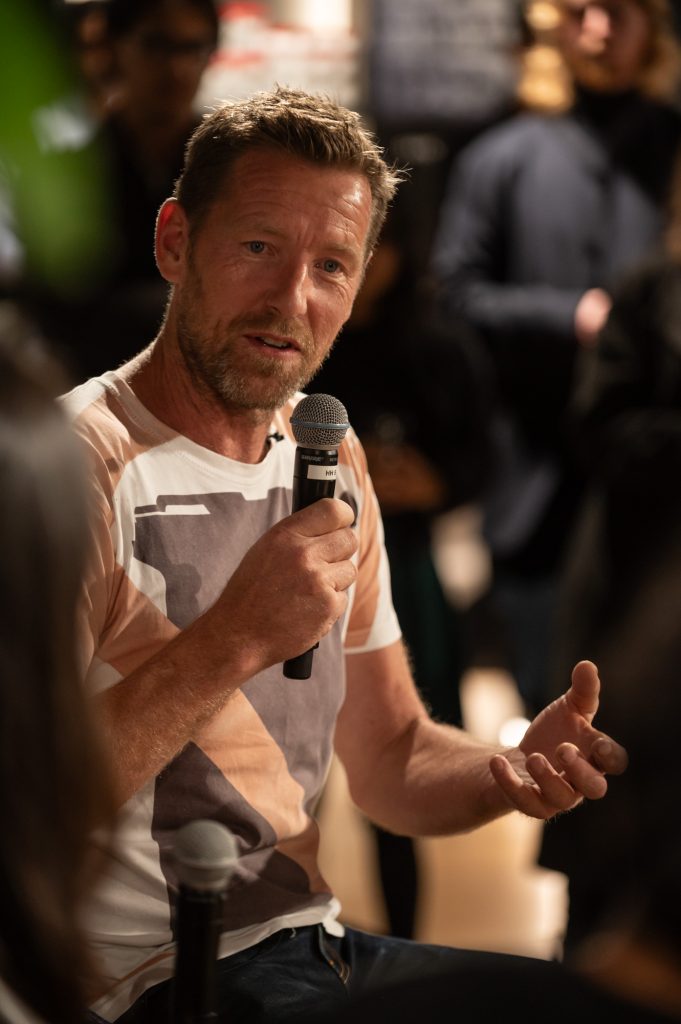
Pushing for progress
Reflecting on the blockers to progress they’ve experienced, the panel discussed the pains of bureaucracy. They lamented a lack of language to convince clients of the benefits of sustainable outcomes that are equal to financial gain, and the need for architects to pursue sustainability beyond a ‘tick-box’ exercise.
“I think people, in general, want to embrace this,” Bakker said.
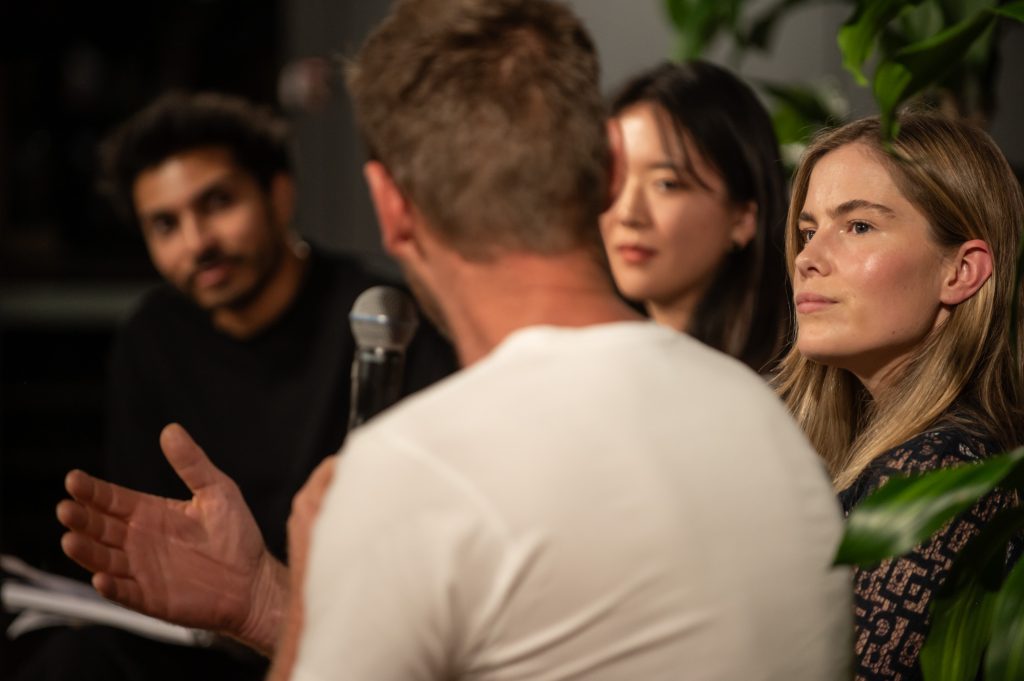
View the gallery from the night below:
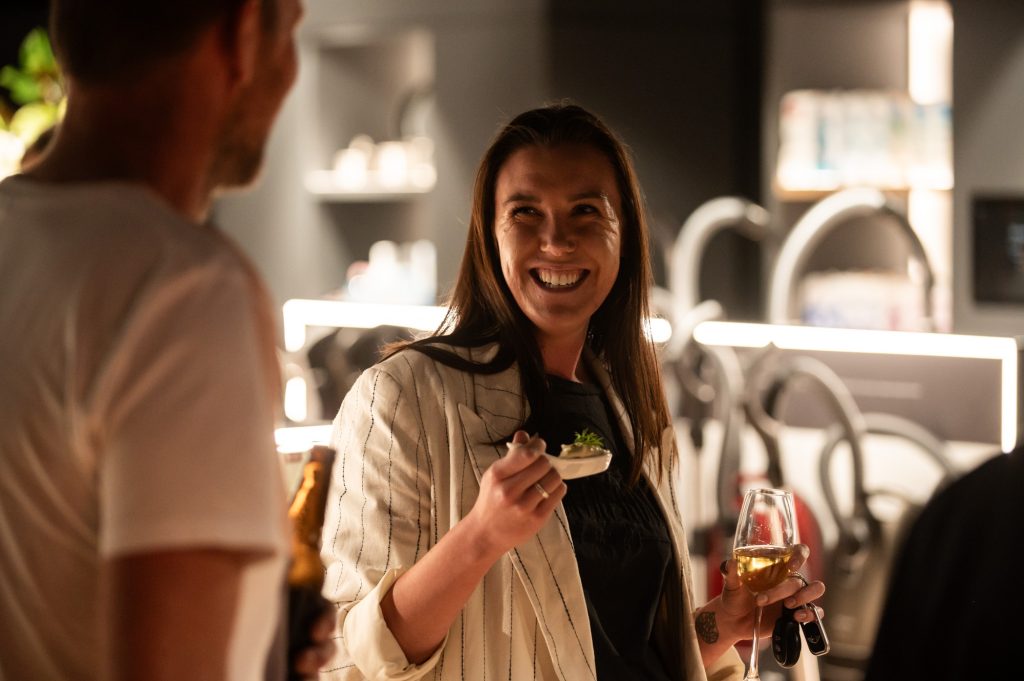
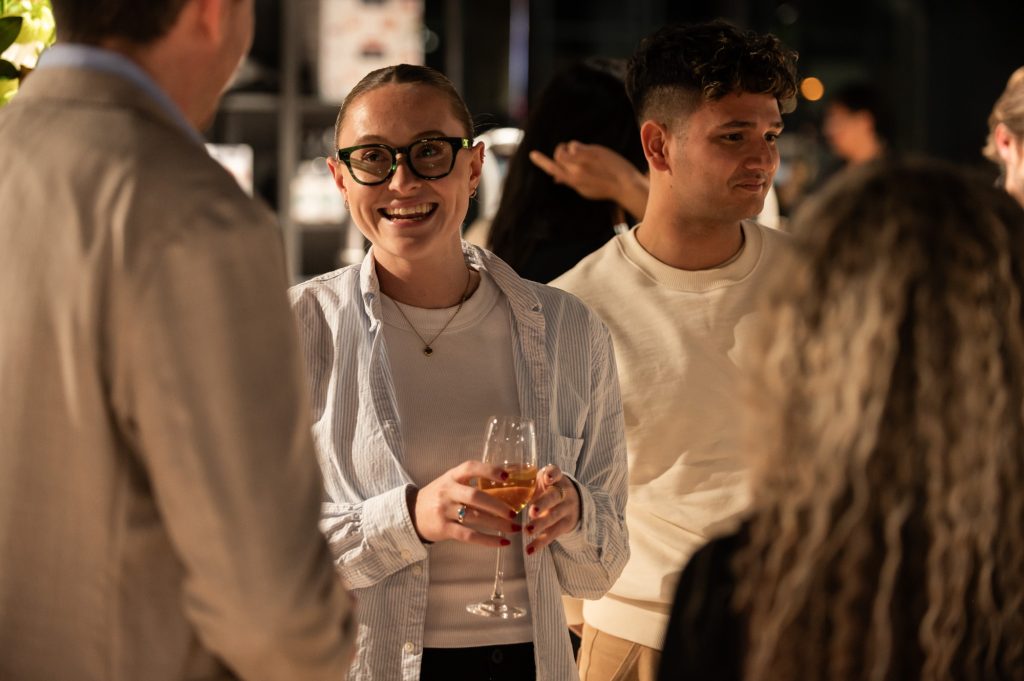



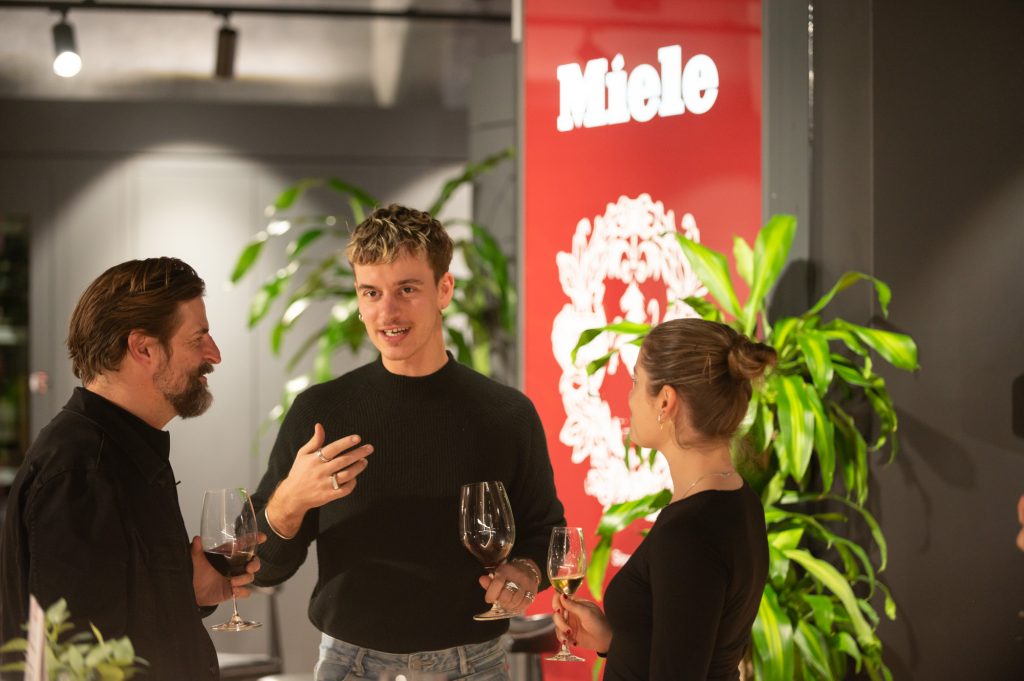
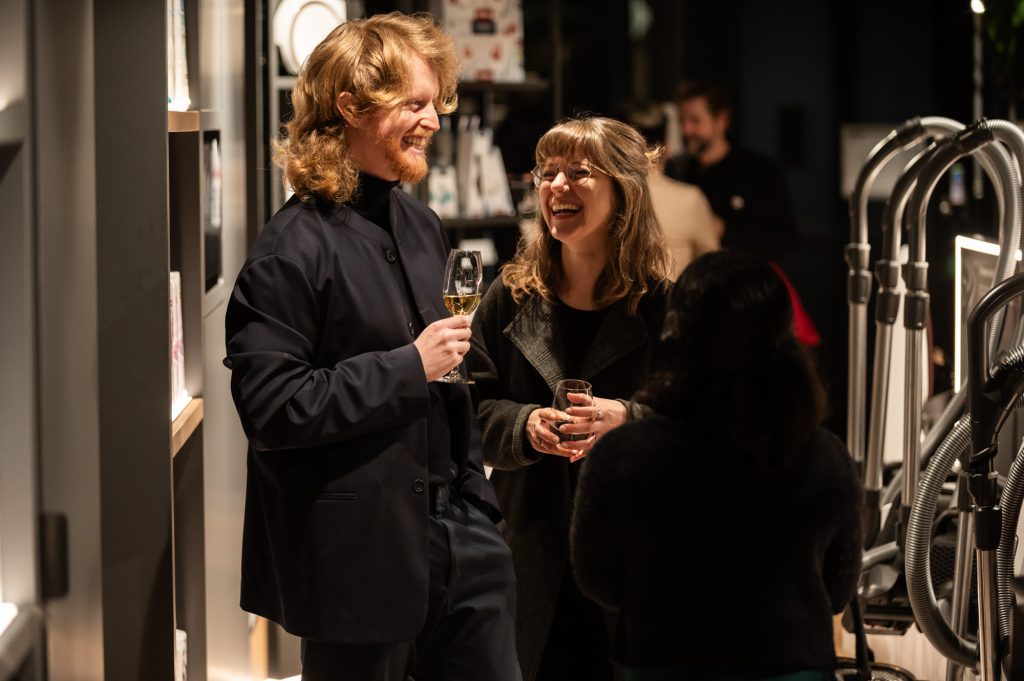
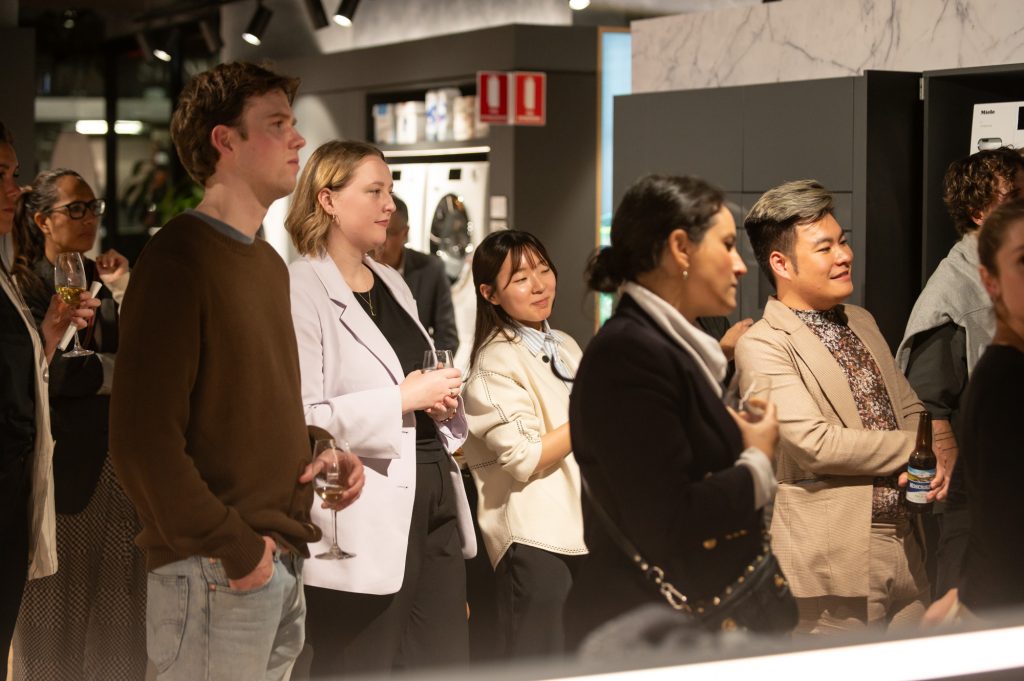
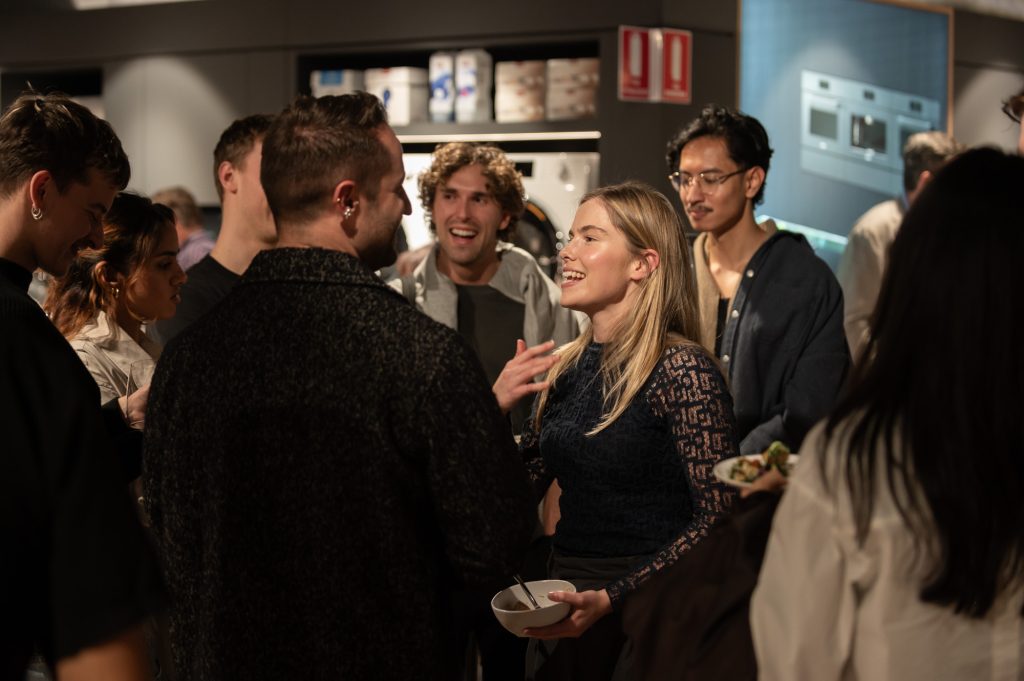

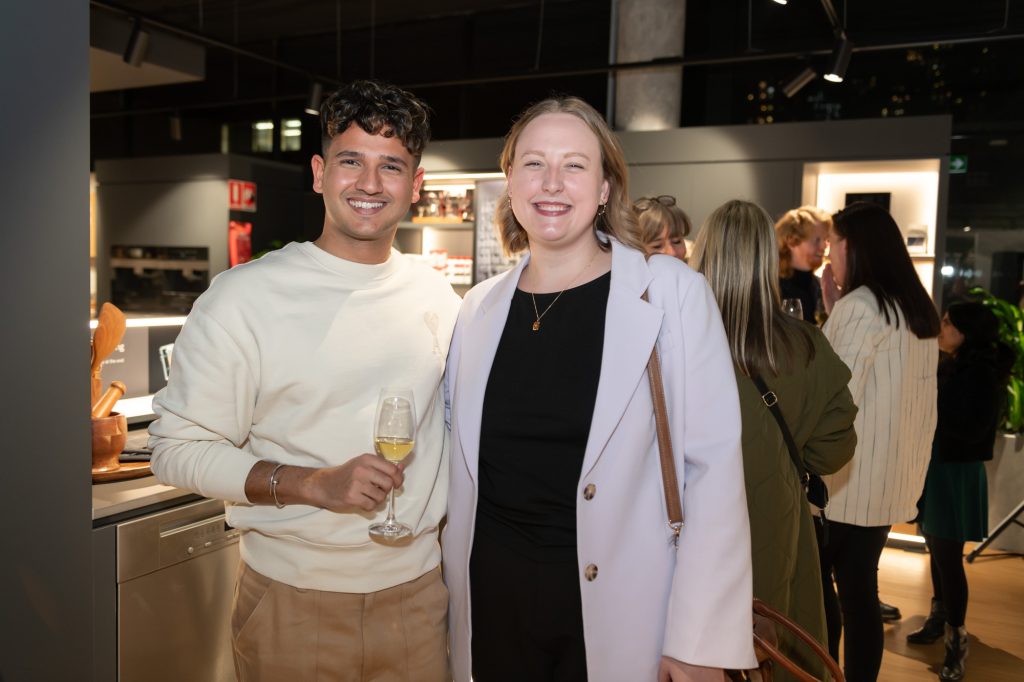
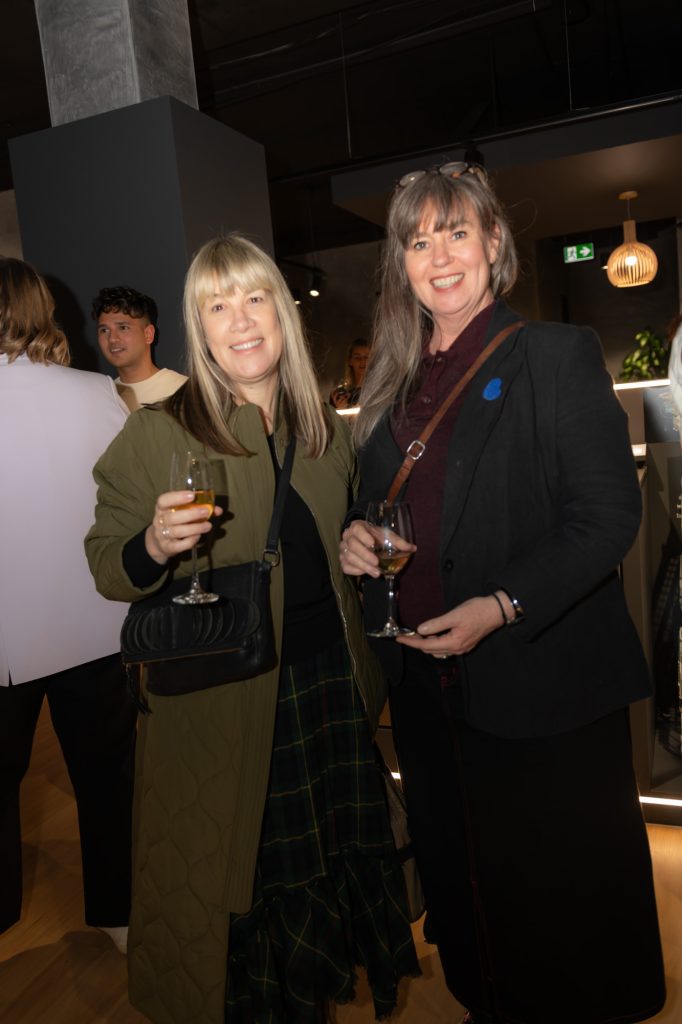
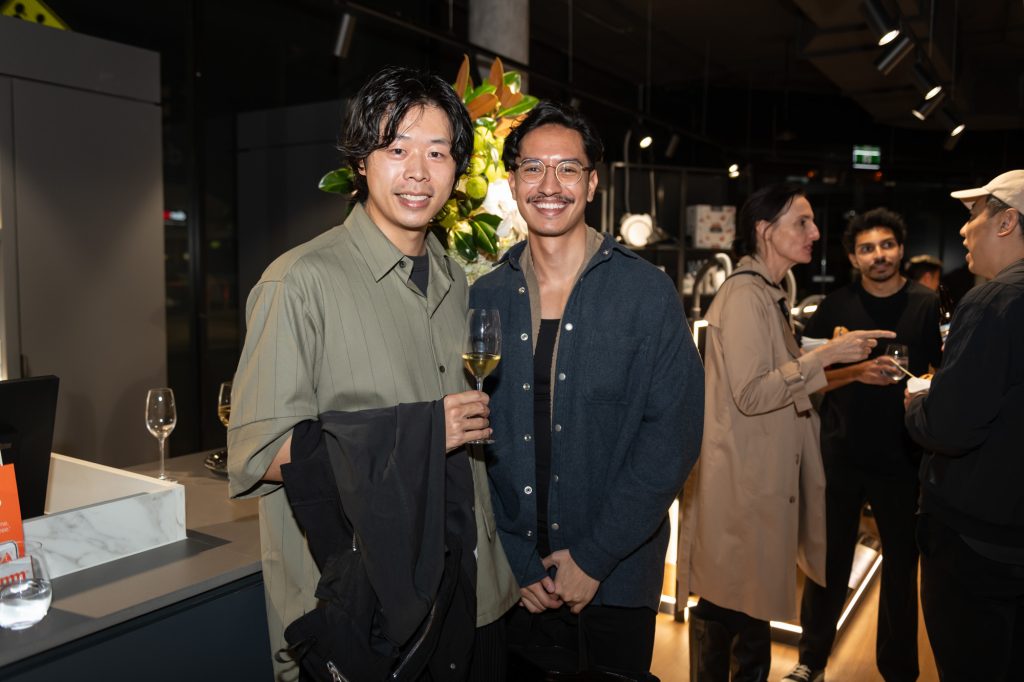
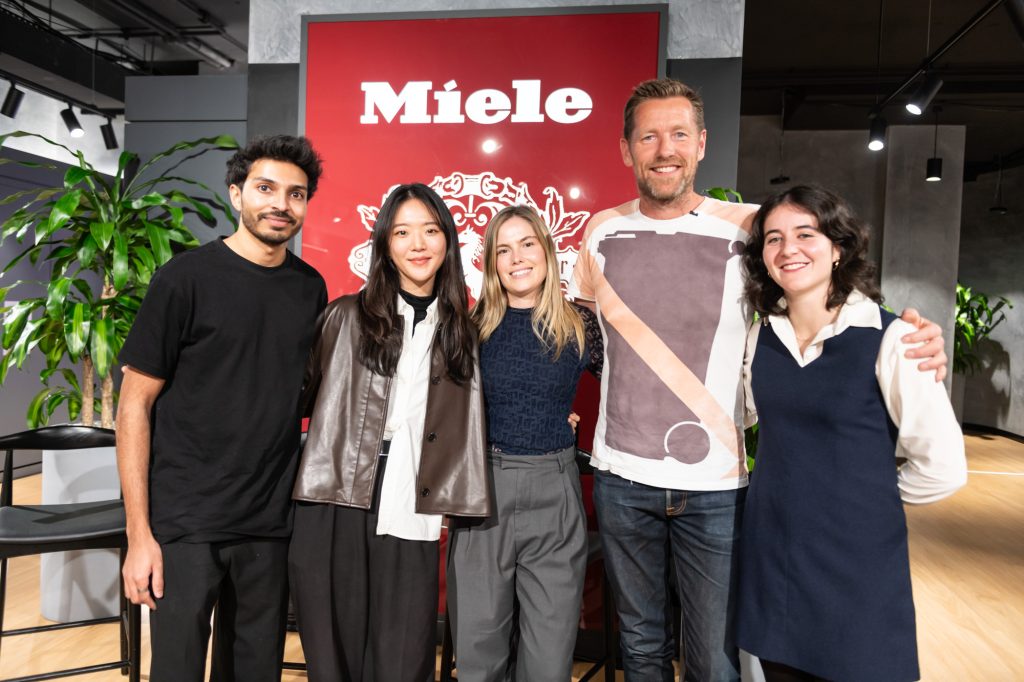
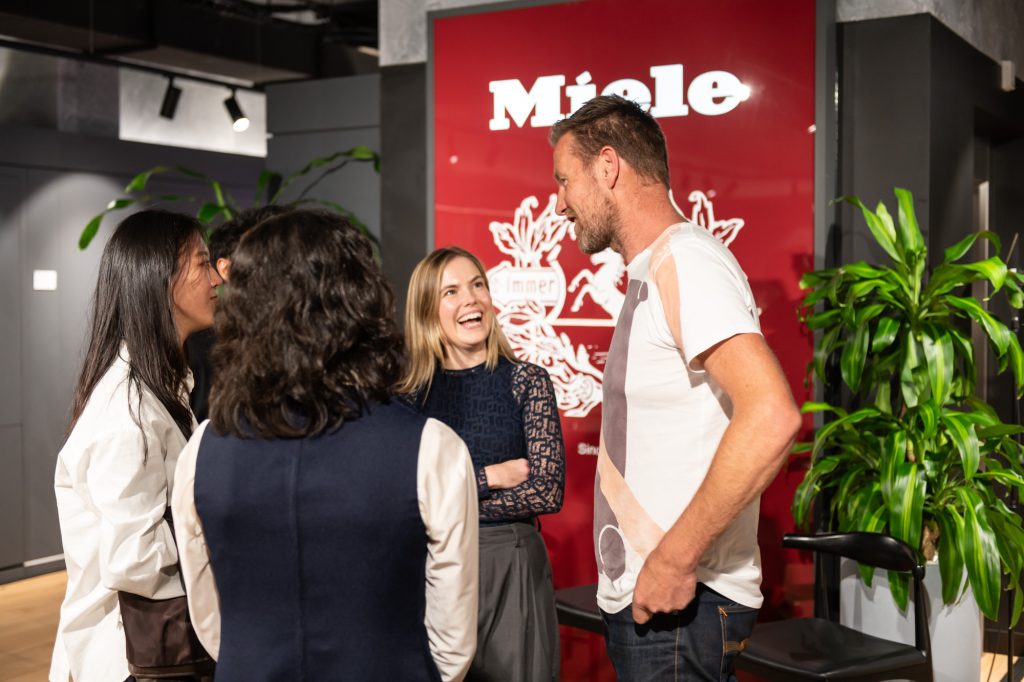
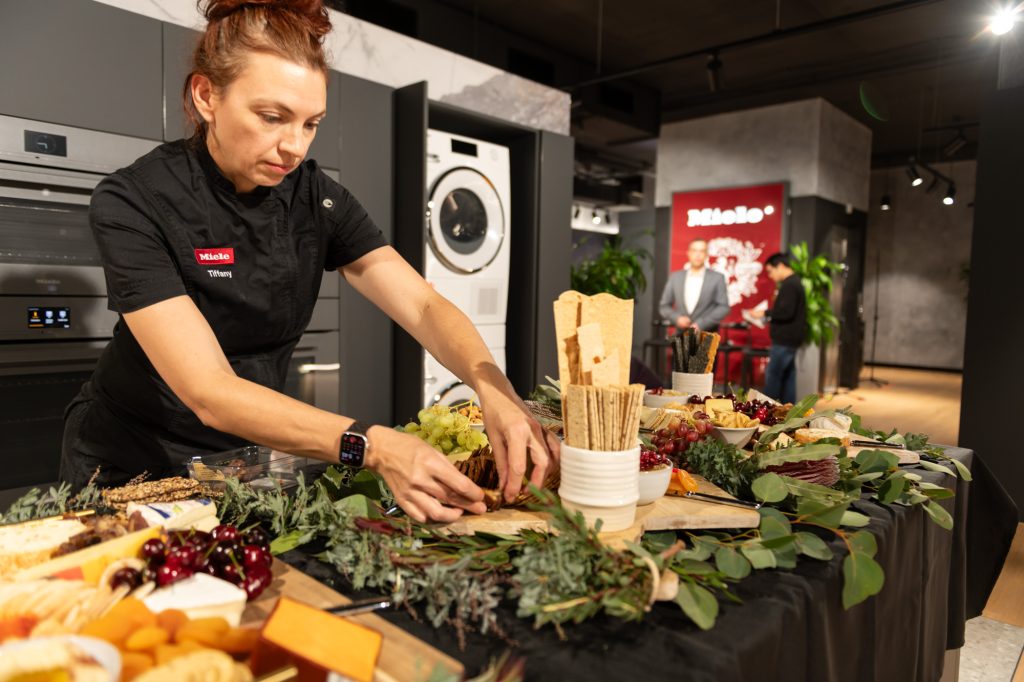
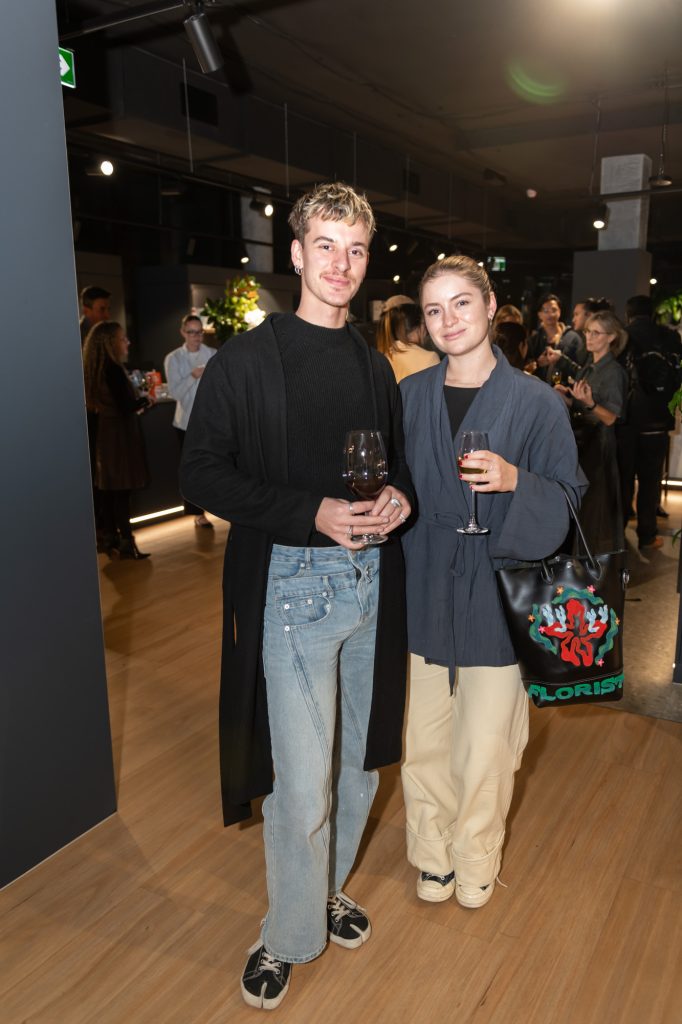
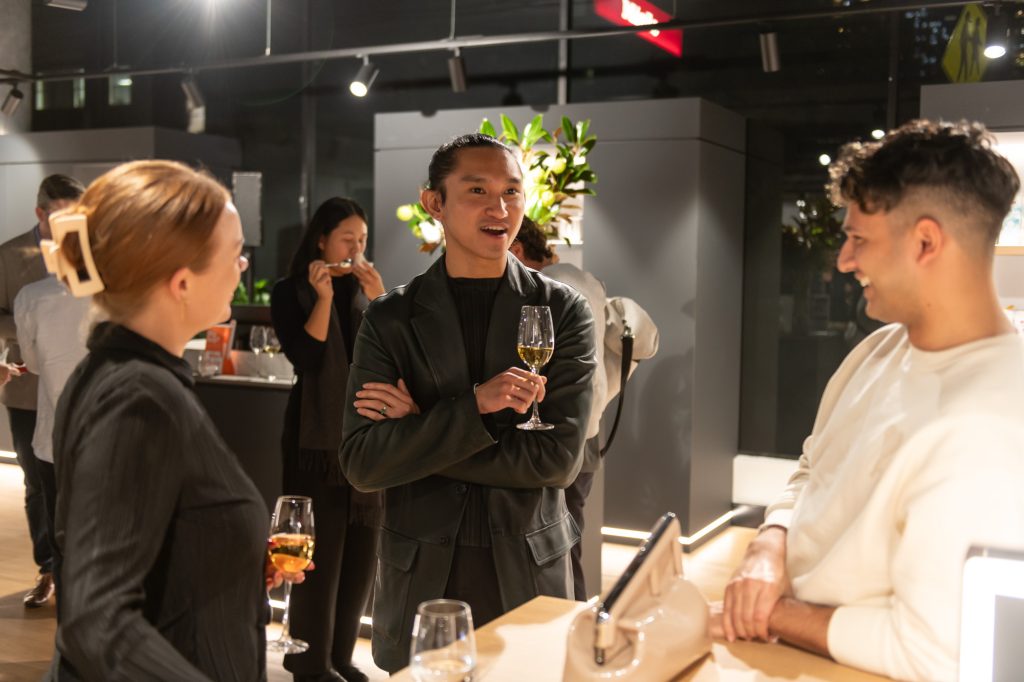
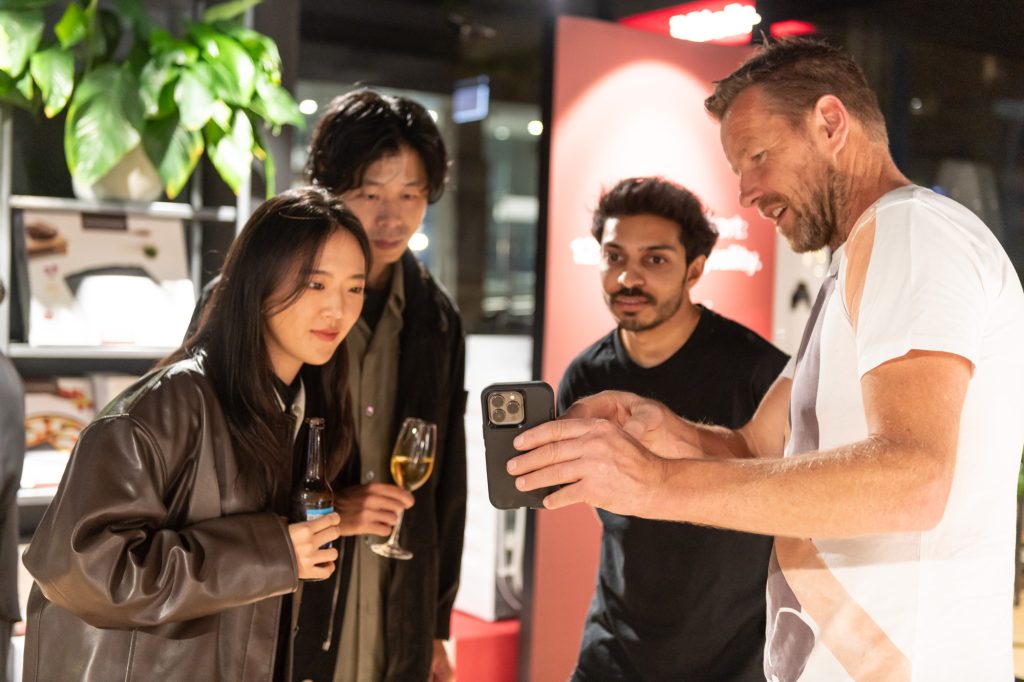
Australian Design Review is excited to continue discussions like these and explore solutions with the 30UNDER30 cohort and mentors at Potato Head in Bali next week.
ADR’s 30UNDER30 Architects and Innovators of the Built World stream is brought to you by major sponsor Neolith, alongside Miele, Interface and Tongue & Groove. The program is also supported by practice partners BVN, HDR INC, SJB, Richard Stanisich, Williams Burton Leopardi, and Billard Leece Partnership.
Read more about the program here.
Photography by Narrative Post.























